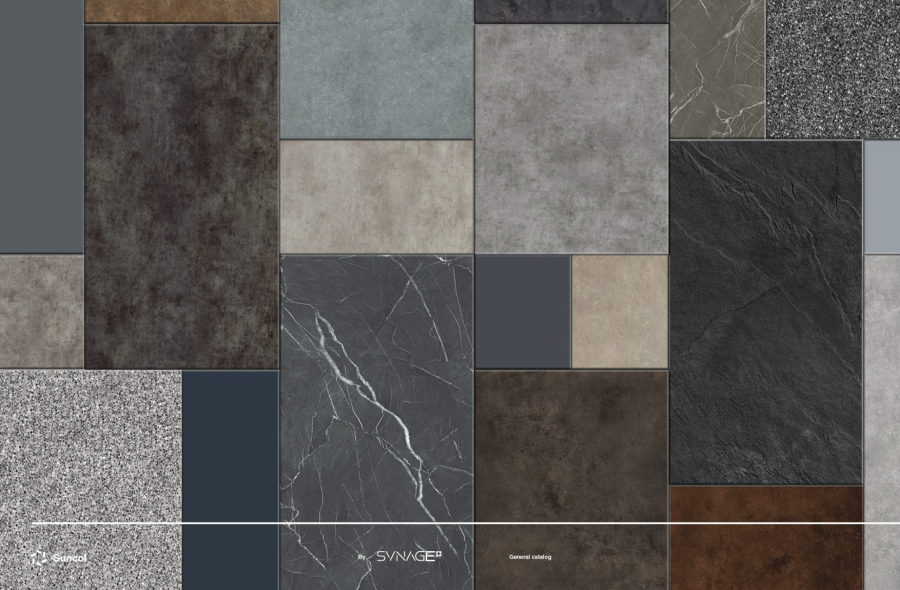Building-integrated photovoltaic panels
In the dynamic landscape of renewable energies, solar technologies are undergoing a constant revolution. Among the emerging solutions, building-integrated photovoltaics (BIPV) are emerging as an essential option for shaping a sustainable and aesthetically refined energy future. Compared to Building-Attached Photovoltaics (BAPV), BIPV sets a new standard by seamlessly merging the aesthetic demands of architecture with the efficient production of clean energy.
Specifically designed to blend discreetly into existing architectural structures, BIPV panels transcend mere functionality to become integrated elements in their own right. Their ability to be configured in a variety of shapes, shades and materials offers architects and engineers a palette of possibilities for creating facades of exceptional aesthetic appeal, while maximizing the generation of renewable energy. The balance achieved between design and energy performance has attracted growing acceptance in the construction industry.
The material versatility of BIPV panels is a key feature. From glass and plastic to thin film and even organic solar cells, this variety of materials offers unprecedented flexibility for architectural integration. It allows professionals to customize solar solutions to meet the specific requirements of each architectural project, while respecting aesthetic criteria.
Functional optimization for distinguished sustainability
BIPV panels do more than just generate energy. They encompass a range of functionalities that optimize the built environment. These panels can act as light and heat regulators, enhancing interior comfort. What’s more, some BIPV panels incorporate thermal insulation features, significantly reducing energy losses and the costs associated with heating and cooling. This functional adaptability accentuates the relevance of BIPV in the world of construction.
Integrating BIPV photovoltaic panels into building facades brings substantial environmental benefits. By converting solar energy into electricity, these panels reduce dependence on fossil fuels, helping to mitigate the greenhouse gas emissions responsible for climate change. What’s more, the decentralized production of renewable energy reduces the losses associated with long-distance electricity transmission.
Current challenges and future prospects
Despite their advantages, BIPV panels face challenges to widespread adoption. Manufacturing and installation costs, comparatively higher than traditional solar panels, remain a major consideration. In addition, integrating these solar systems into historic or heritage structures can raise complex technical and regulatory issues.
However, thanks to ongoing advances in solar cell technology and growing incentives for renewable energies, BIPVs are becoming increasingly competitive on the market. Advances in materials, manufacturing processes and installation methods are paving the way for easier, more economical integration of BIPV panels on building facades.
Commitment to excellence and innovation
In this ever-changing context, and to remain at the cutting edge of innovation, our company has chosen to integrate Sunage, the new generation of BIPV. This collaboration between a glassworks and a manufacturer of photovoltaic panels in Switzerland makes Sunage a true pioneer in its field. Embodying Swiss excellence! The Sunage range offers standard stock solutions, as well as a customizable range offering unlimited creativity. From design to texture to color, every variable is possible to meet the most demanding requirements of contemporary architecture.
It is therefore with great honor and pleasure that Aruliere presents its new product: Sunage.
Available now for all your projects. From the smallest to the largest.
Imagine. Design. Go solar.


